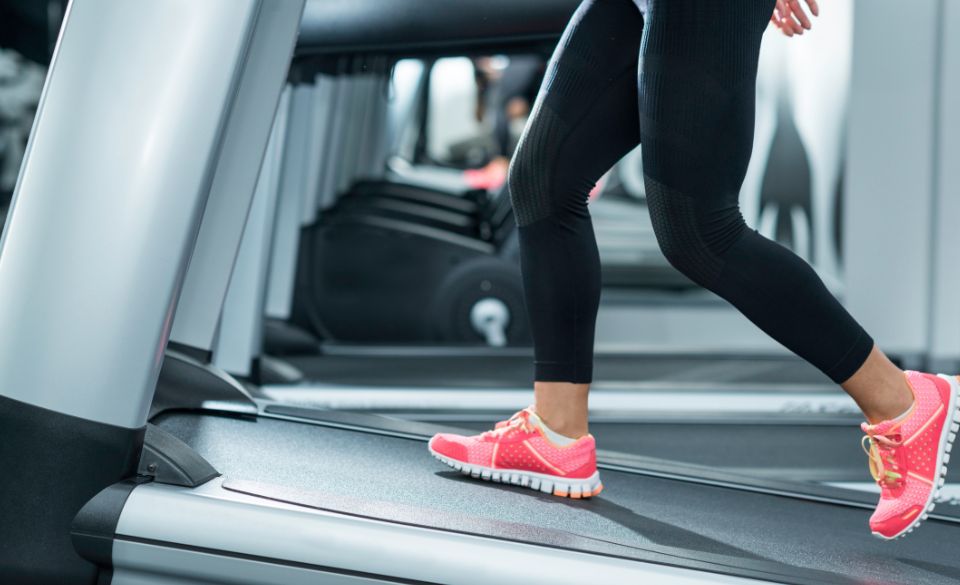
Do Running Shoes Last Longer on Treadmill? Separating Fact from Fiction
Page Contents
Running is a great way to stay healthy and active, but it can also take a toll on your body, especially if you don’t have the right equipment. One of the most important pieces of equipment for any runner is a good pair of running shoes. But do running shoes last longer on a treadmill? In this article, we’ll separate fact from fiction and explore the research behind this question.
Do Running Shoes Last Longer on Treadmill
The idea that running shoes last longer on a treadmill is a common belief among runners. However, there is limited scientific research on this topic, and the available evidence suggests that this belief is largely a myth.
One study published in the Journal of Sports Science and Medicine found that the cushioning properties of running shoes decreased by a similar amount when runners ran on a treadmill or on a track. The study concluded that the lifespan of running shoes is primarily determined by the number of miles run and not by the running surface.
Another study published in the Journal of Sports Medicine and Physical Fitness found that the wear patterns on running shoes were similar for runners who trained primarily on a treadmill or on outdoor surfaces. The study concluded that the type of running surface did not significantly affect the lifespan of running shoes.
While running on a treadmill may feel less harsh on the feet and shoes compared to running on concrete or asphalt, the cushioning and support properties of running shoes will still degrade over time due to repeated impact with the ground. Running on a treadmill with a high incline or speed can also cause increased wear and tear on the shoes.
Ultimately, the lifespan of running shoes is determined by a variety of factors, including the runner’s weight, running style, terrain, and the quality of the shoes. It is generally recommended to replace running shoes every 300 to 500 miles, regardless of whether the runner primarily trains on a treadmill or outdoor surfaces. By taking good care of your running shoes and replacing them regularly, you can help ensure optimal performance and safety during your runs.
The Importance of Replacing Your Running Shoes
Regardless of whether you run on a treadmill or outdoors, it’s important to replace your running shoes regularly to ensure optimal performance and safety. A study published in the Journal of Science and Medicine in Sport found that runners who replaced their shoes every 500 kilometers (about 311 miles) had a lower risk of injury than those who waited longer to replace their shoes.
Another study published in the Journal of Athletic Training found that the cushioning in running shoes starts to break down after just 300 to 500 miles of use, regardless of whether the runner runs on a treadmill or outdoors. This means that even if you primarily run on a treadmill, you should still replace your running shoes every 300 to 500 miles to ensure optimal performance and safety.
Factors That Affect the Lifespan of Running Shoes
While running on a treadmill may not necessarily make your shoes last longer, there are some factors that can affect the lifespan of your running shoes. For example, if you run on a treadmill with a high incline or at a high speed, your shoes may experience more wear and tear than if you run at a moderate pace on a flat surface. Similarly, if you’re a heavier runner, your shoes may wear out more quickly than if you’re a lighter runner.
It’s also important to consider the quality of your running shoes. Cheaper shoes may not last as long as higher-quality shoes, even if you only run on a treadmill. By investing in a high-quality pair of running shoes and taking good care of them, you can help ensure that they last as long as possible, whether you run on a treadmill or outdoors.
Conclusion
In conclusion, the idea that running shoes last longer on a treadmill is a myth. The lifespan of your running shoes depends on a variety of factors, including your weight, running style, and the type of terrain you run on. Regardless of whether you primarily run on a treadmill or outdoors, it’s important to replace your running shoes regularly to ensure optimal performance and safety. By taking good care of your running shoes and replacing them regularly, you can help ensure that you’re always running safely and comfortably, no matter where your training takes you.


